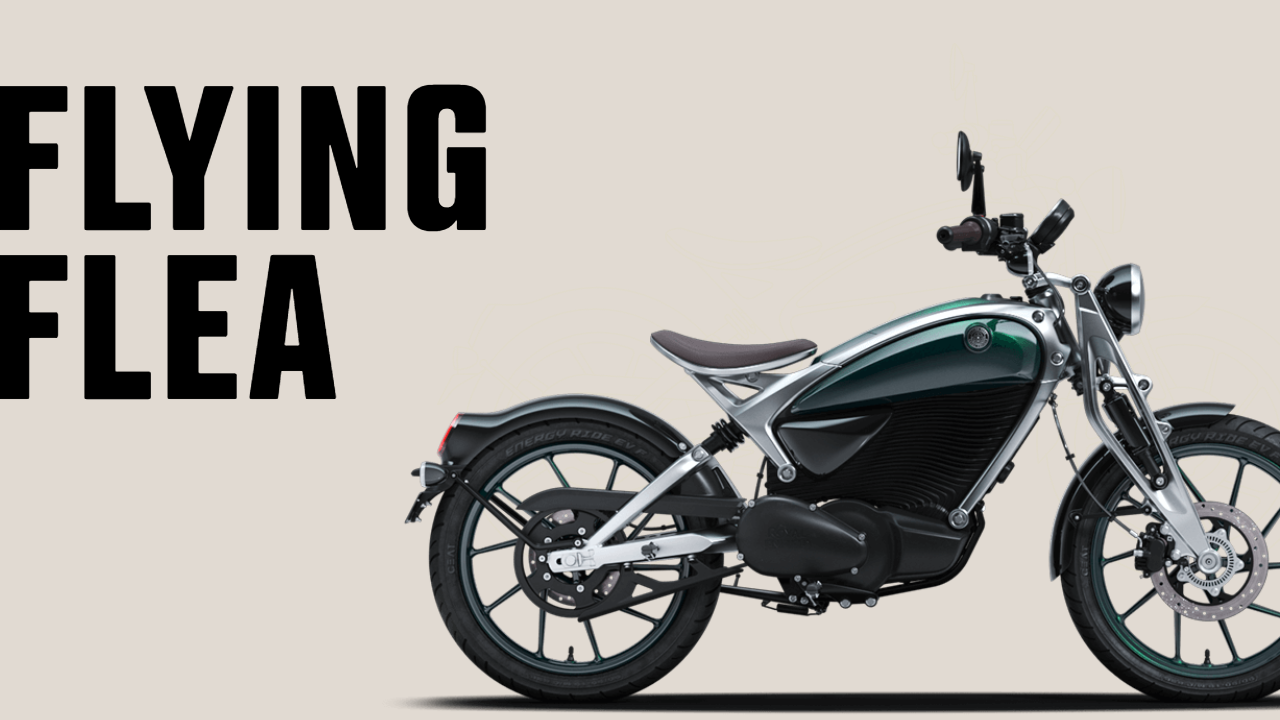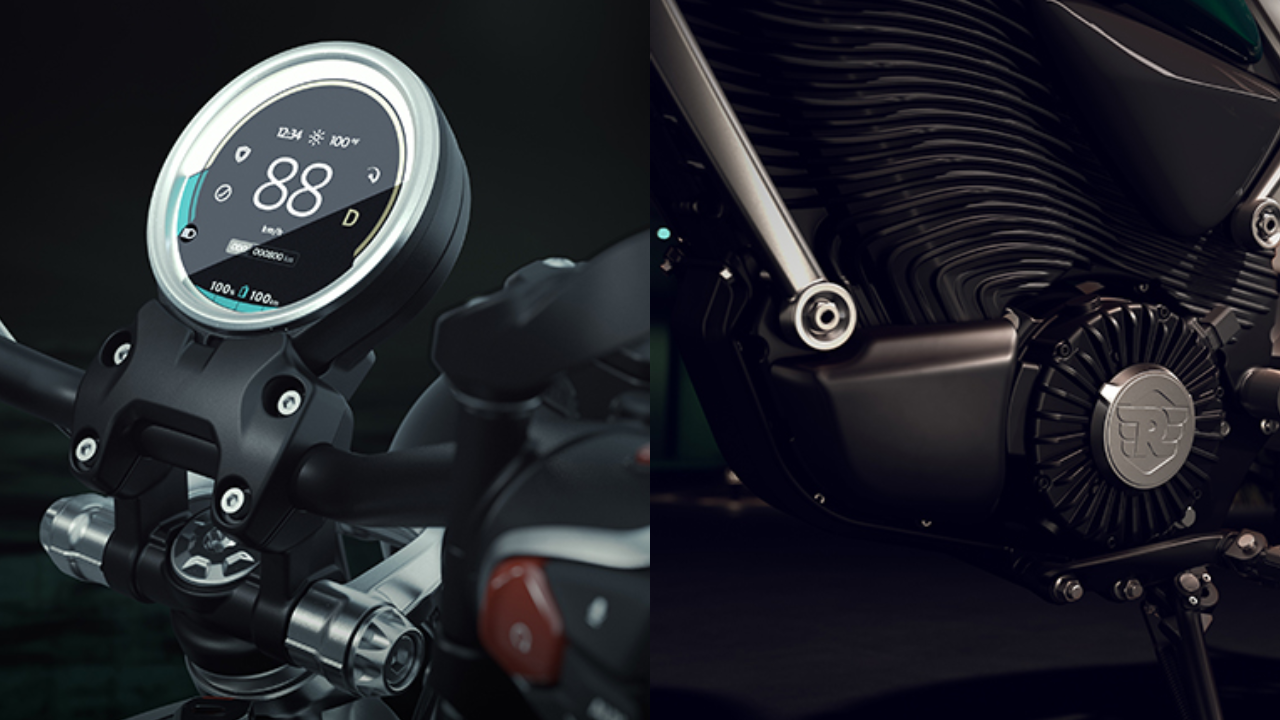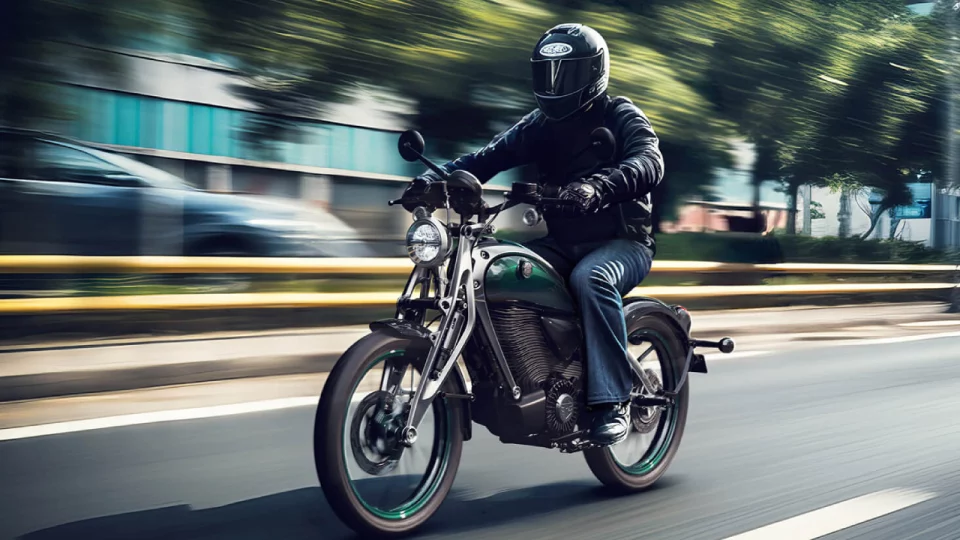India-based motorcycle giant Royal Enfield, a name deeply rooted in the heritage of motorcycles, is making a significant move into the electric vehicle (EV) segment with a new model and a sub-brand called the “Flying Flea.”
This new direction represents Royal Enfield’s ambitions to expand into urban electric mobility, merging their history with modern technology in an attempt to capture a growing segment of environmentally-conscious urban riders.
Table of Contents
The Historical Roots of the Flying Flea
Royal Enfield’s decision to name its electric sub-brand and bike model “Flying Flea” is a deliberate nod to its heritage. The original Flying Flea was a lightweight, 4-horsepower, two-stroke motorcycle designed in the 1930s and was famously deployed during World War II by the British Army. These compact motorbikes were air-dropped onto battlefields to provide rapid mobility for troops, enhancing communication and intelligence operations. The legacy of the Flying Flea extends beyond its military utility; it symbolizes resilience and innovation, qualities that Royal Enfield hopes to embed into its new electric line.
Founded in England in 1901, Royal Enfield became synonymous with reliable, rugged motorcycles that could handle challenging terrains. After the brand ceased operations in the UK in the 1970s, it continued to thrive in India under Eicher Motors, which acquired it in the 1990s. Eicher’s investment allowed Royal Enfield to develop a modern manufacturing facility in Chennai, India, while retaining the classic appeal that made it an icon. Today, Royal Enfield has successfully rebranded itself globally, with popular models like the 650 Twin series and the Himalayan adventure bike. The decision to enter the EV market through the Flying Flea is another strategic step in the brand’s ongoing evolution.
The Rise of the Flying Flea C6

The Flying Flea C6, Royal Enfield’s upcoming electric motorcycle, is designed with a “city-plus” purpose—urban-oriented but capable of short highway stretches. The model was unveiled at the prestigious EICMA motorcycle show in Milan, featuring a modern yet vintage design that draws inspiration from the original Flying Flea. With regular-sized wheels, slim tires, and a girder-type front fork, the Flying Flea C6 combines practicality with aesthetic appeal, capturing the classic-meets-modern look.
The girder fork design, which was once a mainstay in early motorcycle models, has been revived for the Flying Flea. While unconventional by today’s standards, the girder fork offers unique handling benefits and is part of Royal Enfield’s effort to set its new electric bike apart from others in the market. The bike’s rear suspension employs a monoshock with preload adjustment, a feature reminiscent of high-performance bicycles, adding to its urban agility and versatility.
Strategic Design and Key Features
Royal Enfield’s Flying Flea is designed as an accessible, no-fuss electric bike suited to urban commuting. Unlike many traditional motorcycles, it features twist-and-go simplicity, eliminating the need for gear-shifting and enhancing ease of use in stop-and-go city environments. This simplicity, combined with safety features such as ABS brakes and larger motorcycle tires, makes it an appealing option for new riders and city commuters.
The electric bike will also feature Royal Enfield’s new “Tripper” single instrument, a user-friendly TFT display with GPS and smartphone connectivity. This 4-inch round screen offers essential features like navigation and battery status, catering to the tech-savvy urban commuter.
Notably, the Flying Flea is powered by an electric motor from Stark Future, an electric dirt bike company in which Eicher Motors holds a 10% stake. This collaboration reflects Royal Enfield’s commitment to leveraging expertise in electric vehicle technology to develop a reliable, high-performance motor for the Flying Flea.
The City-Plus Electric Niche: Filling a Market Gap
The Flying Flea targets the growing “city-plus” segment of electric motorcycles, a category that includes compact urban bikes capable of short highway rides. With cities worldwide becoming increasingly populated and pollution rising, the demand for affordable, eco-friendly transportation solutions is higher than ever. This shift presents a valuable opportunity for Royal Enfield, especially in markets like India, where urban pollution is a significant public health issue.
The city-plus concept appeals to those who use their motorcycles primarily for short trips within urban settings but occasionally need the capability for higher speeds on highways. Royal Enfield’s decision to enter this niche is strategic, given the global push for sustainable urban mobility solutions. However, the company faces competition from established brands like BMW, which offers electric scooters such as the CE-2 and CE-4, and other brands like Zero, DAB, and NIU, who are also exploring the lightweight, urban-oriented EV market.
The Challenges of Entering the Electric Motorcycle Market

The global electric motorcycle market is in its early stages, with even well-known companies struggling to make profits. American manufacturer Harley-Davidson’s LiveWire, one of the first widely publicized electric motorcycles, sold fewer than 100 units in one quarter, underscoring the challenges even established brands face in this market. Other electric motorcycle makers, like Italian brand Energica, have exited the market altogether, citing slow growth and high production costs.
The electric motorcycle industry’s struggles stem from multiple factors. Battery costs remain high, affecting the price competitiveness of electric motorcycles compared to traditional gas-powered bikes. Additionally, the limited range of electric motorcycles, especially when ridden at high speeds, remains a barrier for many potential buyers who desire more flexibility.
Royal Enfield’s approach with the Flying Flea is cautious yet optimistic. Siddhartha Lal, the managing director of Royal Enfield and a motorcycle enthusiast himself, acknowledges the risks of venturing into the electric market. However, he emphasizes that the Flying Flea is not a “make or break” project. Instead, it’s an investment in the future, with Eicher Motors providing the financial backing to allow the Flying Flea to gain traction and adapt to the market’s demands.
